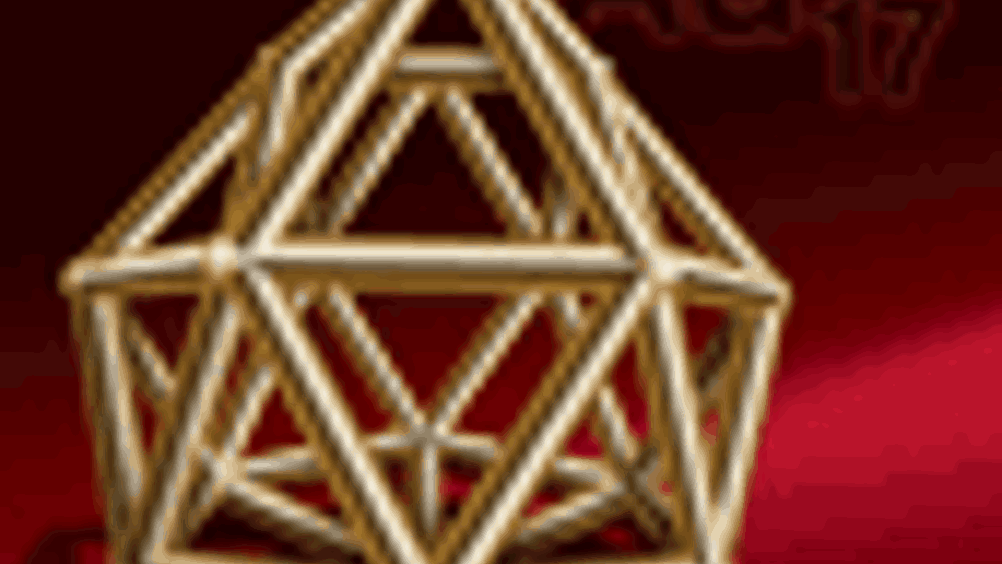Building a gilded cage
University of Nebraska-Lincoln scientists researching gold's structure at the nanoscale have discovered hollow cage-like structures made of pure gold atoms

(UNL) scientists researching gold's structure at the nanoscale have discovered hollow cage-like structures made of pure gold atoms.
UNL chemistry professor Xiao Cheng Zeng and colleagues said that they have found evidence of the first free-standing hollow cage structure composed of clusters of pure metal atoms, which they've dubbed golden hollow cages.
These structures, many of which look something like birdcages, can host an atom inside. This property gives them potential to one day carry useful guest atoms for medical or industrial purposes.
"I'm excited by this discovery. These are the first metal hollow cages," Zeng said. "No one expected the cage structure. It was a shocking surprise."
"The holy grail of cluster science is studying these clusters from smallest, or infant, to largest, or adult, from cluster to bulk," Zeng said.
Scientists elsewhere had determined that smaller, or infant, gold clusters with fewer than 14 atoms are generally flat, or pancake-shaped, and that clusters with 19 or 20 atoms are considered adults because they share the pyramidal shape of the bulk gold found in jewellery. The structures for the intermediate-, or adolescent-, sized gold clusters containing 15, 16, 17 or 18 atoms were unclear until Zeng's group launched their quantum chemistry search last year.
Register now to continue reading
Thanks for visiting The Engineer. You’ve now reached your monthly limit of news stories. Register for free to unlock unlimited access to all of our news coverage, as well as premium content including opinion, in-depth features and special reports.
Benefits of registering
-
In-depth insights and coverage of key emerging trends
-
Unrestricted access to special reports throughout the year
-
Daily technology news delivered straight to your inbox










Water Sector Talent Exodus Could Cripple The Sector
Maybe if things are essential for the running of a country and we want to pay a fair price we should be running these utilities on a not for profit...